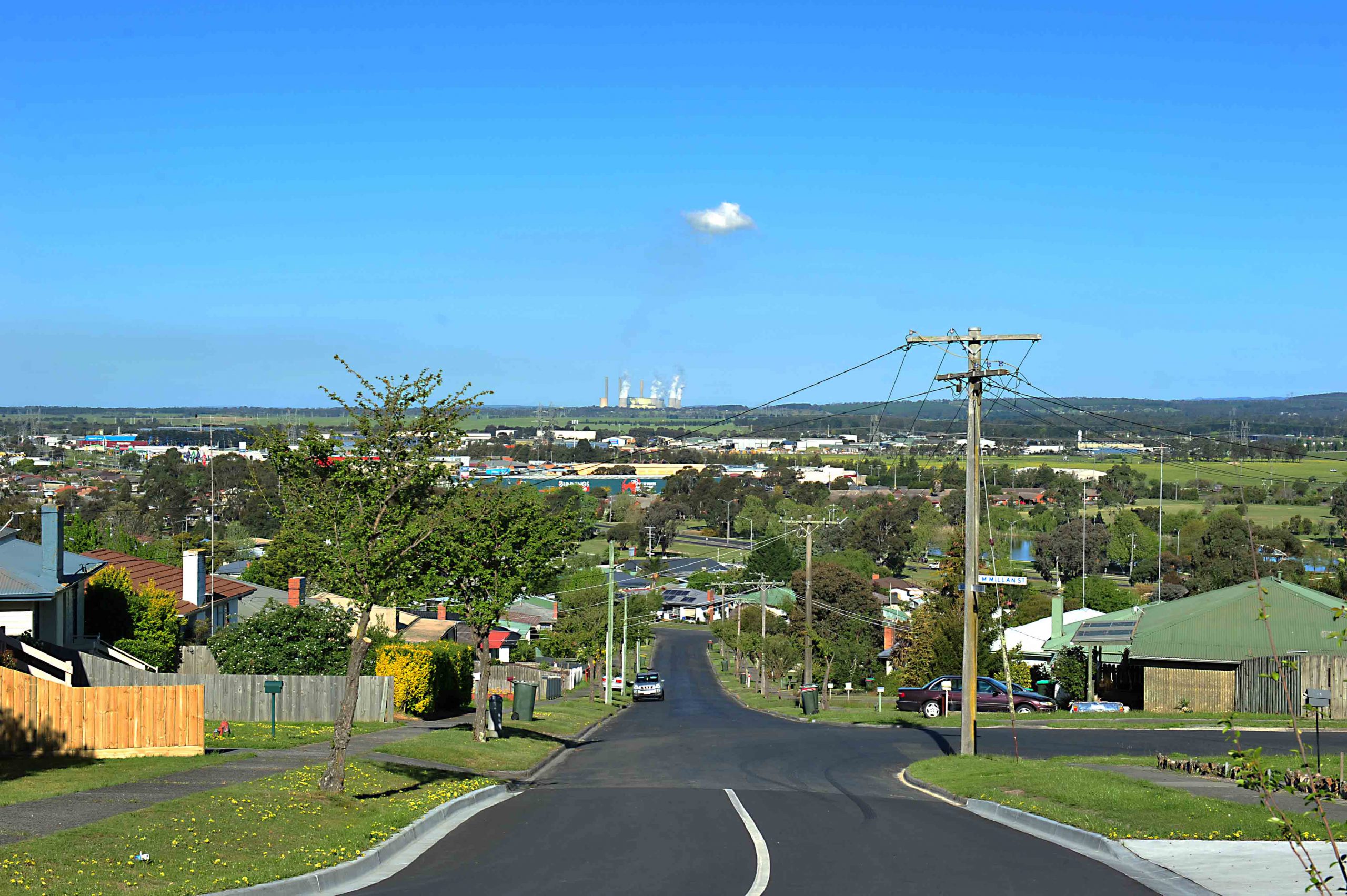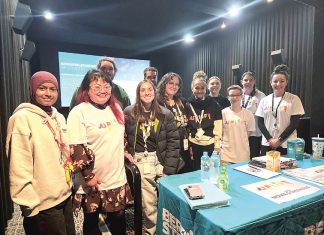
Michelle Slater
The average Latrobe City resident is 42-years-old, was born in Australia, of no religion, whose average personal weekly income is $654, according to the latest Census data.
The Australian Bureau of Statistics released its local area data from the 2021 Census last week, counting nearly 25.5 million people excluding overseas visitors on Census night.
It found Australia’s population had increased by more than two million people since the 2016 Census.
The Latrobe City local government area has grown by 4061 people with 1411 more families in the region from the last Census, now with a population of 77,318.
Latrobe City Council mayor Kellie O’Callaghan said a lot of work had gone into improving the liveability of the area.
Cr O’Callaghan pointed to big investments including the Moe Revitalisation project, Gippsland Performing Arts Centre and Gippsland Regional Aquatic Centre.
“Council is pleased to see our 2021 census data demonstrates a continued movement to the area with an increase in resident numbers and new families calling Latrobe home,” Cr O’Callaghan said.
Cr O’Callaghan said Latrobe City was a “wonderful drawcard for those looking for a change”, coupled with its comparative lower housing costs, proximity to Melbourne and natural attractions.
“This data demonstrates our need to continue to drive economic transformation for the future prosperity of our region – for newcomers and long-term community members alike,” she said.
“Council continues to advocate to all levels of government to invest in our priorities that support jobs and the growth of our city.”
Median weekly household incomes in Latrobe City have risen by $182 in the past four years, now sitting at $1260, with median personal incomes rising by $110 a week since 2016.
More than two per cent of Latrobe City’s population identifies as Indigenous, double that of the Victorian average population.
Weekly median rents have gone up by $36 since 2016, now sitting at $236, but are lower than the Victorian average at $370 a week.
However, 32.7 per cent of locals are likely to suffer from rent-stress, a little more than the state average.
Home ownership rates are better in the Latrobe Valley compared with the rest of Victoria, with 37.4 per cent of people owning their own home outright compared to 32.2 per cent across the state.
Mortgage repayments in the Valley are lower than the state average, and fewer locals are affected by mortgage stress, with median monthly repayments at $1213 compared to $1859 statewide.
There are fewer unoccupied private dwellings in Latrobe City in 2021 than there were four years ago, with 2961 empty premises compared to 3827 in 2016.
However, Latrobe Valley residents are 38 per cent more likely to experience mental health conditions including depression or anxiety than the rest of Victoria which sits at about 8.8 per cent.
The Valley also has higher rates of long-term health conditions including arthritis, asthma, cancer, diabetes, heart disease and lung conditions than the state average.
The number of people who have completed university is almost half of that of the state average at 8.4 per cent. TAFE and secondary school completion rates are roughly on-par with Victoria.
Australian Statistician David Gruen said the Census data provides rich information about the nation, giving insight on cultural diversity, families and homes, to how we changed during the pandemic.
“Census data is used to inform important decisions about transport, schools, health care, infrastructure and business at the community and national level,” Dr Gruen said.
“The high response rate means that Census data provides accurate insights to tell your community’s story.”










